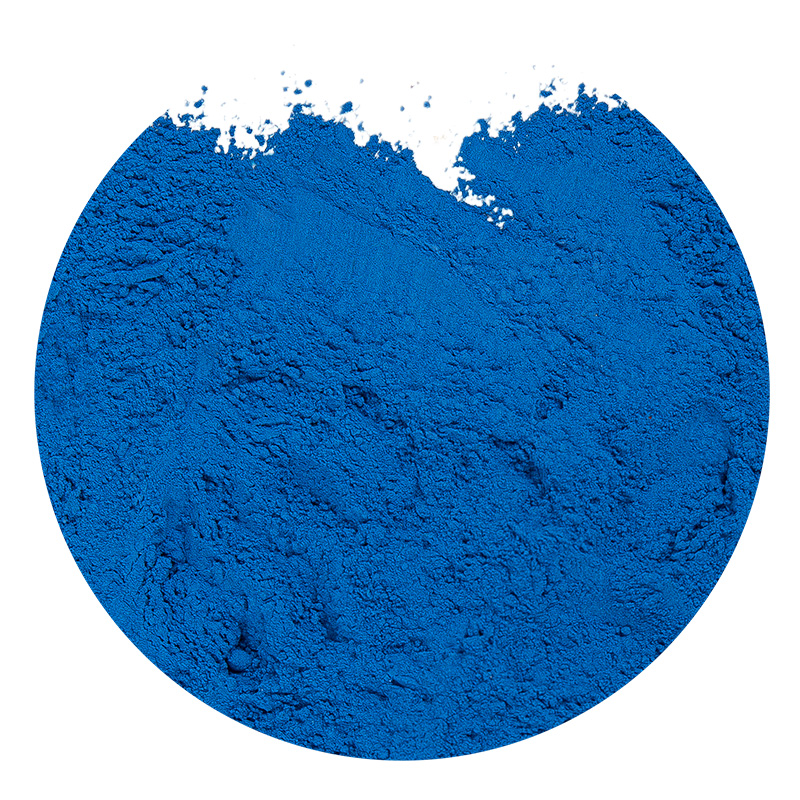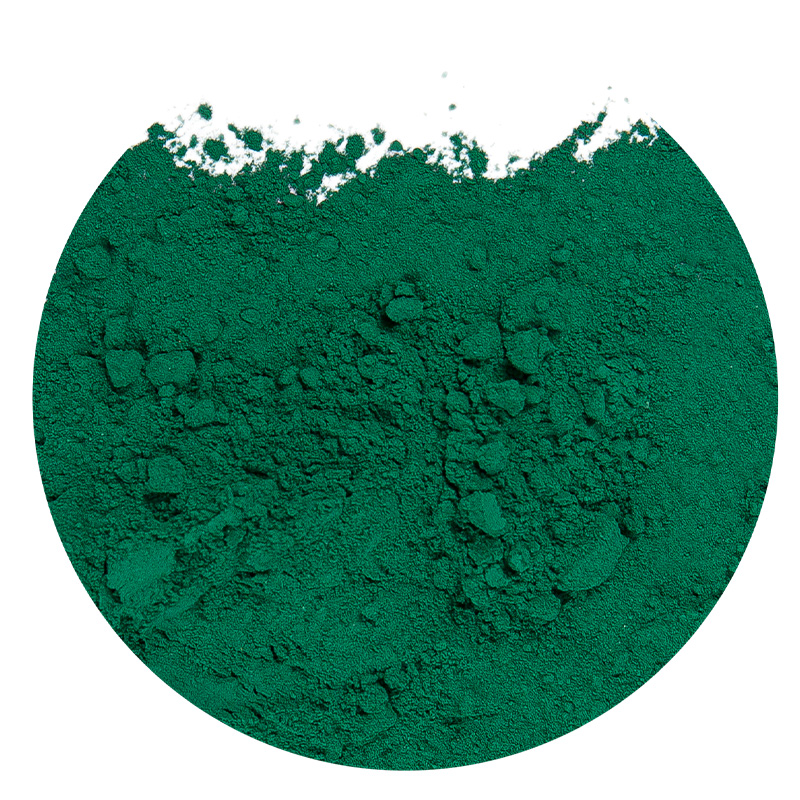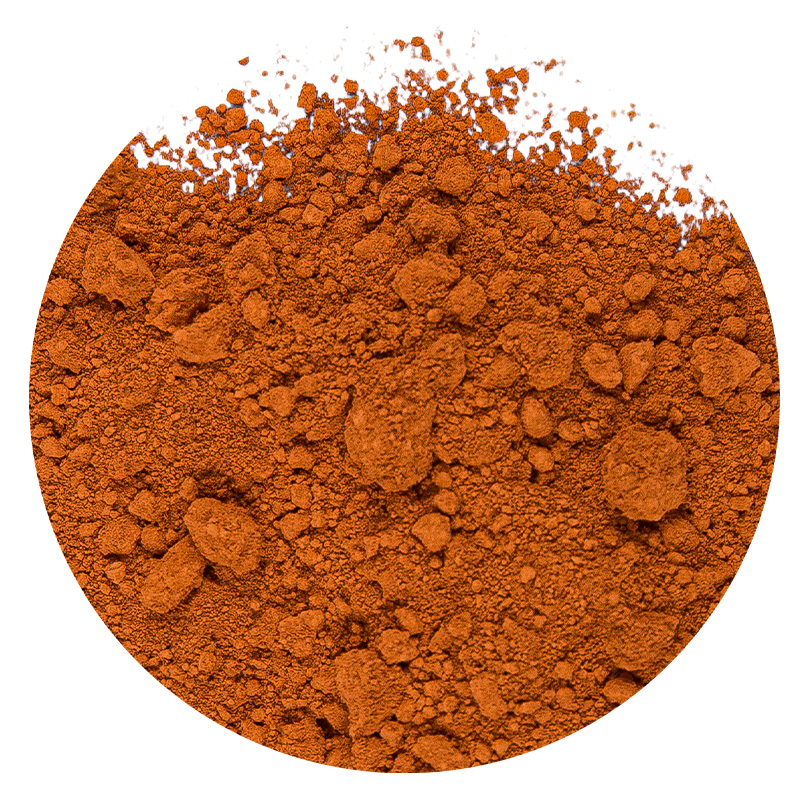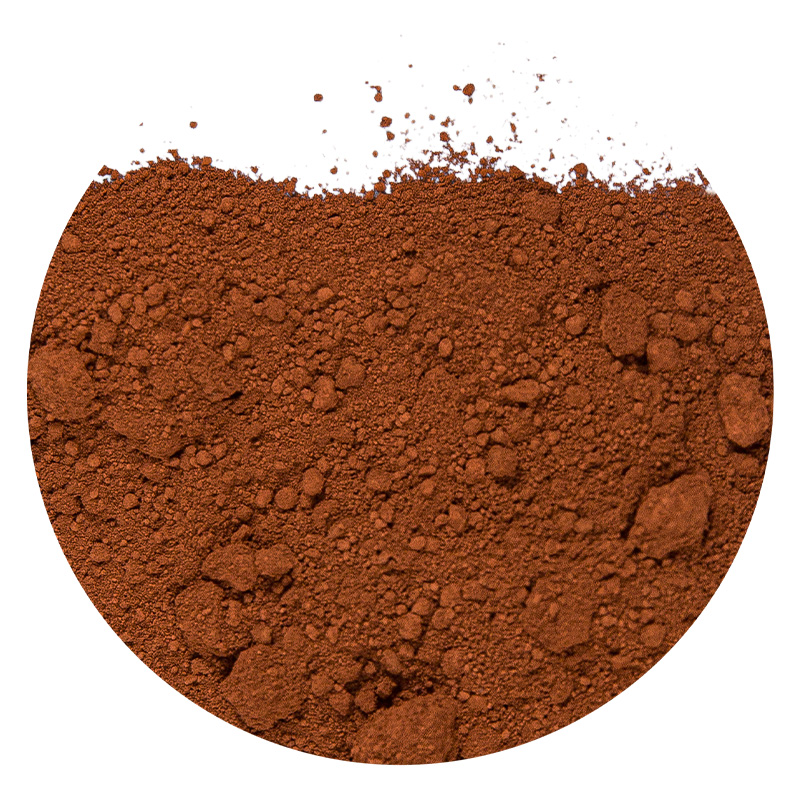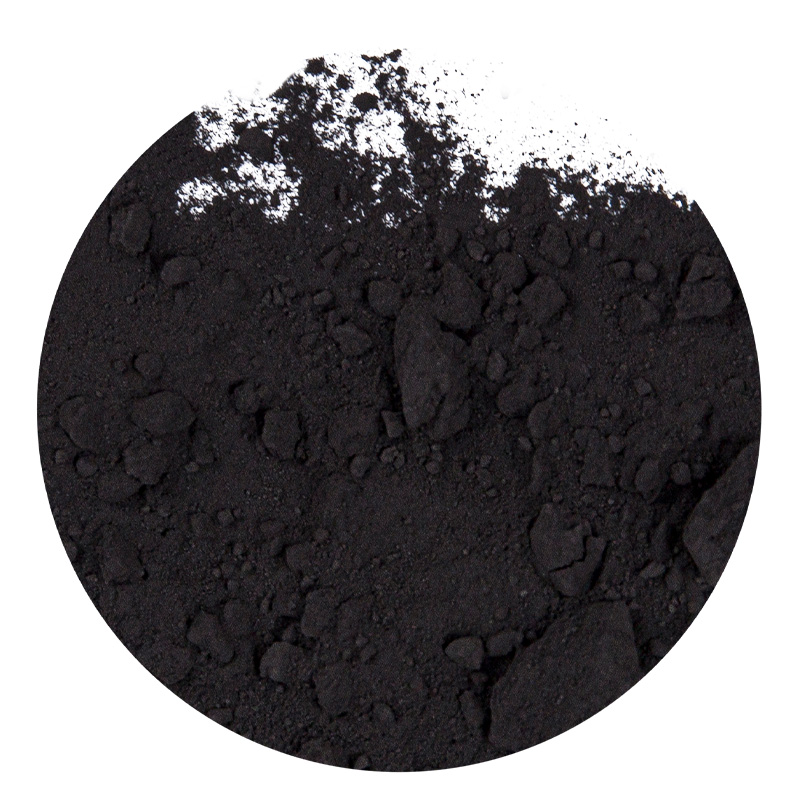The Comprehensive Guide to Iron Oxide Red: Properties, Uses, and Alternatives
- 1 What Makes Iron Oxide Red Unique Among Pigments?
- 2 Industrial Applications of Iron Oxide Red
- 3 How to Choose the Right Iron Oxide Red for Paint
- 4 Natural vs Synthetic Iron Oxide Red Pigment: A Detailed Comparison
- 5 The Science Behind Iron Oxide Red Color Variation
- 6 Safety Considerations for Iron Oxide Red in Cosmetics
What Makes Iron Oxide Red Unique Among Pigments?
Iron oxide red, chemically known as Fe₂O₃ (ferric oxide), is one of the most widely used inorganic pigments across multiple industries. Its popularity stems from several distinctive characteristics that set it apart from other colorants.
Chemical and Physical Properties
This pigment possesses remarkable stability under various environmental conditions. Unlike organic pigments that may fade over time, iron oxide red maintains its vibrant hue through:
- Excellent lightfastness (resistance to fading when exposed to sunlight)
- Superior weather resistance (withstands rain, humidity, and temperature fluctuations)
- Chemical inertness (doesn't react with most solvents or alkaline materials)
- High opacity (provides excellent coverage)
- Thermal stability (can withstand temperatures up to 1200°C)
Comparison With Other Red Pigments
When compared to alternative red colorants, iron oxide red offers distinct advantages:
| Property | Iron Oxide Red | Cadmium Red | Organic Red Pigments |
|---|---|---|---|
| Lightfastness | Excellent | Good | Variable (often poor) |
| Heat Resistance | Up to 1200°C | Up to 600°C | Typically below 200°C |
| Chemical Resistance | Excellent | Good | Poor to moderate |
| Cost | Moderate | High | Variable (often high) |
| Toxicity | Non-toxic | Toxic | Variable |
Industrial Applications of Iron Oxide Red
The versatility of this pigment makes it indispensable across numerous sectors. Its applications range from construction to cosmetics, each utilizing specific properties of the material.
Construction and Building Materials
In the construction industry, iron oxide red serves multiple purposes:
- Concrete coloring: Provides permanent, fade-resistant coloration to concrete products
- Brick and tile manufacturing: Used for coloring clay bodies and surface coatings
- Pavement markings: Creates durable, visible road surface indicators
- Roofing materials: Enhances UV resistance while providing color
Coatings and Paints
The paint industry values this pigment for its:
- Outstanding durability in exterior applications
- Compatibility with various binder systems (acrylic, epoxy, alkyd)
- Ability to meet stringent regulatory requirements
- Cost-effectiveness compared to organic alternatives
How to Choose the Right Iron Oxide Red for Paint
Selecting the appropriate grade of iron oxide red for painting applications requires consideration of several factors. Not all iron oxide red pigments perform equally in different paint formulations.
Key Selection Criteria
When evaluating iron oxide red for paint, professionals should assess:
- Particle size distribution (affects color strength and texture)
- Oil absorption values (impacts binder requirements)
- pH stability (important for water-based systems)
- Compatibility with other pigments in the formulation
- Regulatory compliance for specific applications
Performance in Different Paint Systems
The behavior of iron oxide red varies significantly across paint types:
| Paint Type | Color Development | Durability | Special Considerations |
|---|---|---|---|
| Architectural (water-based) | Excellent | 20+ years | May require dispersing agents |
| Industrial (solvent-based) | Outstanding | 15+ years | Excellent chemical resistance |
| Powder Coatings | Good | 25+ years | Thermal stability critical |
| Marine Coatings | Excellent | 10-15 years | Salt spray resistance essential |
Natural vs Synthetic Iron Oxide Red Pigment: A Detailed Comparison
The distinction between natural and synthetic iron oxide red significantly impacts performance and application suitability. Understanding these differences ensures proper material selection.
Production Methods
Natural iron oxide red pigment originates from:
- Mined hematite deposits
- Processing of iron-containing ores
- Calcination of natural iron compounds
Synthetic versions are produced through:
- Precipitation processes (Penniman-Zoph method)
- Thermal decomposition of iron salts
- Controlled oxidation of iron
Performance Differences
The synthetic iron oxide red pigment typically offers:
- Higher purity (fewer trace elements)
- More consistent color properties
- Better dispersibility in coatings
- Greater tinting strength
Natural versions provide:
- Lower production costs
- Unique color variations
- Historical authenticity in restoration projects
- Reduced environmental impact from processing
The Science Behind Iron Oxide Red Color Variation
While all iron oxide red shares the same basic chemical composition, subtle differences create a spectrum of red shades with distinct characteristics.
Factors Influencing Color
The specific iron oxide red color variation depends on:
- Crystal structure modifications (alpha vs gamma phases)
- Particle size and shape distribution
- Surface treatments and coatings
- Presence of dopant elements
- Processing temperature history
Commercial Color Grades
Industrial iron oxide red typically falls into these color categories:
| Color Designation | Hue Angle | Common Applications | Lightfastness Rating |
|---|---|---|---|
| Red 101 | 25-30° | General purpose coatings | 1 (excellent) |
| Red 102 | 30-35° | Automotive finishes | 1 |
| Red 110 | 20-25° | Construction materials | 1 |
| Red 130 | 35-40° | Artists' colors | 1 |
Safety Considerations for Iron Oxide Red in Cosmetics
The use of iron oxide red in personal care products requires careful attention to regulatory requirements and formulation specifics.
Regulatory Status
When used as iron oxide red in cosmetics, the pigment must meet:
- FDA requirements for purity (21 CFR 73.200)
- European Union cosmetic regulations (EC No 1223/2009)
- Japanese standards (Japanese Standards of Cosmetic Ingredients)
- China's Safety and Technical Standards for Cosmetics
Formulation Guidelines
Cosmetic chemists must consider several factors when incorporating this pigment:
- Particle size must be controlled for skin feel
- Surface treatments may be necessary for dispersion
- Compatibility with emulsion systems is critical
- Concentration limits vary by application type
The non-toxic nature of iron oxide red makes it particularly valuable for cosmetic applications where safety is paramount. Unlike many organic colorants, it doesn't cause allergic reactions in most users and provides excellent stability in formulations.

 English
English عربى
عربى русский
русский Español
Español



